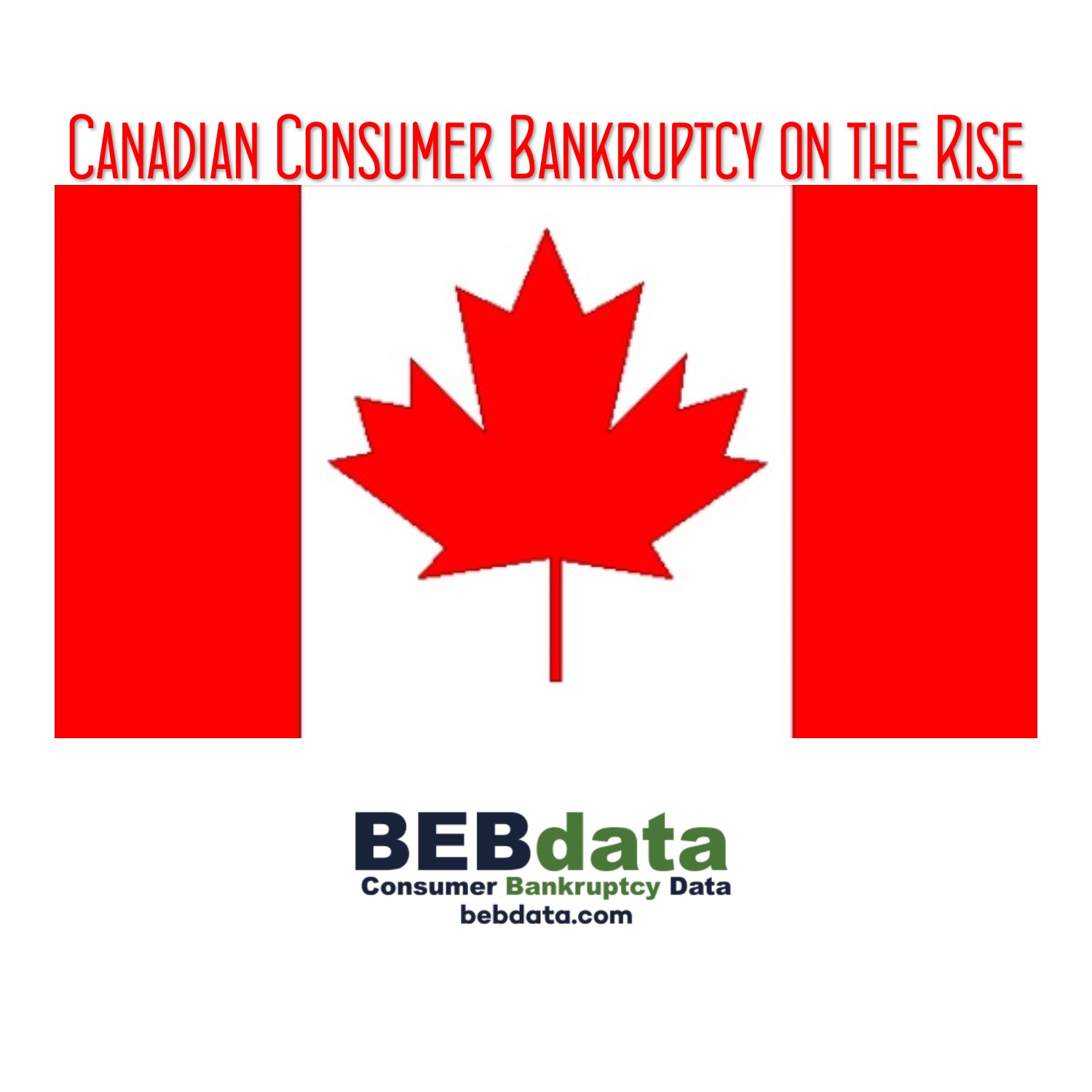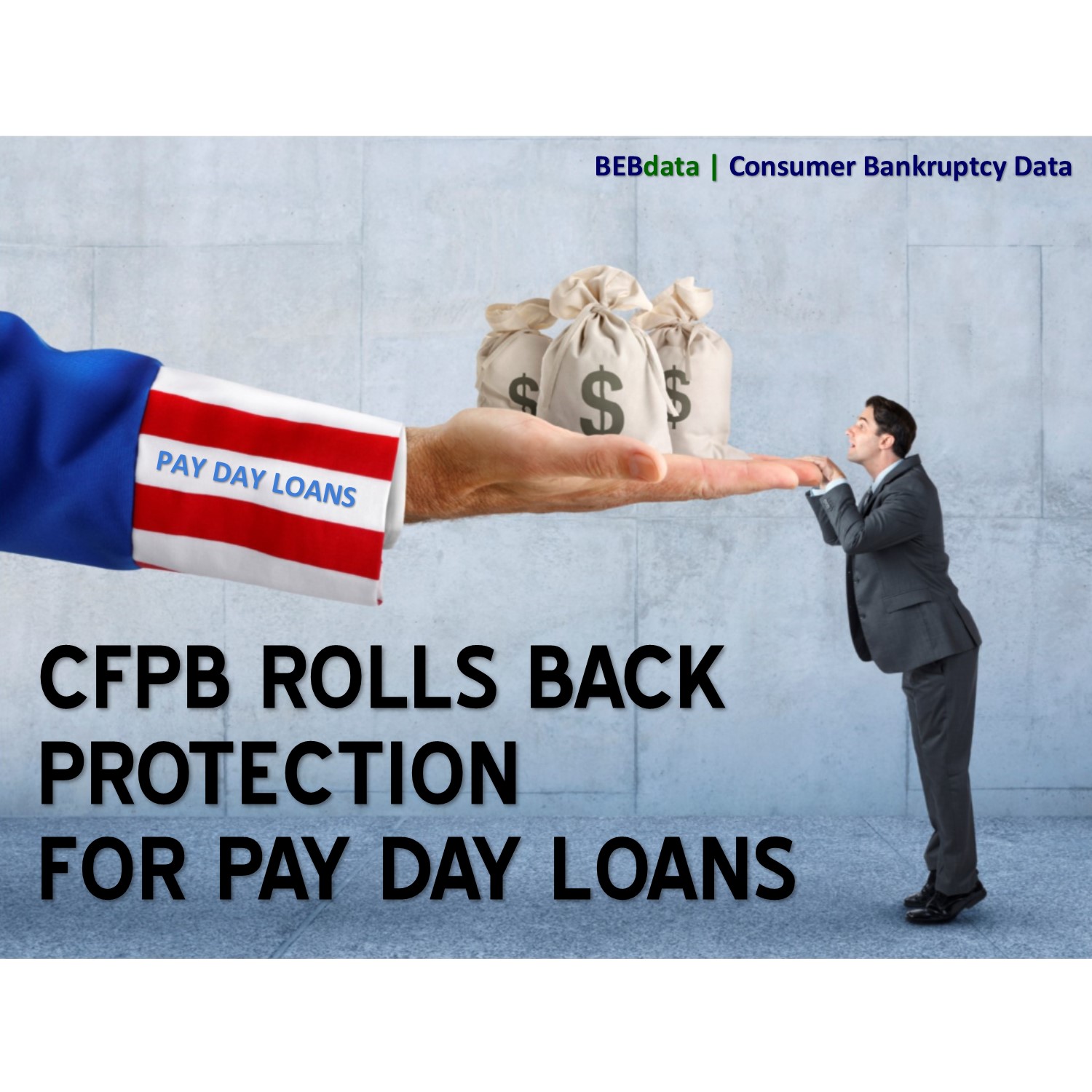 Six Major Trends in Lending for Financial Marketers this Year
Six Major Trends in Lending for Financial Marketers this Year
The forecast for most forms of consumer credit is good. Lending volume, growth in balances, and overall performance look upbeat for the year ahead. Banks and credit unions will try new marketing strategies, explore new products, and experiment with new technologies. Over the next six-weeks, we’ll review major trends in consumer lending that financial marketers should watch closely.
#3 Auto Lending: More Informed, Less Understanding
A mix of economic trends will impact auto lending. Rising tariffs and a preference for SUVs and hybrids will bump up pricing and impact affordability. Low unemployment and rising Gross Domestic Product will support continued growth and positive credit performance.
Overall, the auto finance market continues to show signs of health and growth in many ways.
Auto shopping and auto lending processes have grown more transparent as more and more resources can be accessed on the web. But some of the information consumers think they are armed with is misleading or plain wrong. For example, the credit score methodologies used by auto lenders and auto dealers differs from many of the scores that consumers obtain from websites. This confuses the process. Clearing up that confusion is another job for bank and credit union marketers.
Another new factor is alternative credit data — tapping nontraditional sources of payment information to help judge creditworthiness. Use of utility bill payment patterns and the like is becoming more common among lenders, especially non-bank auto finance companies.









